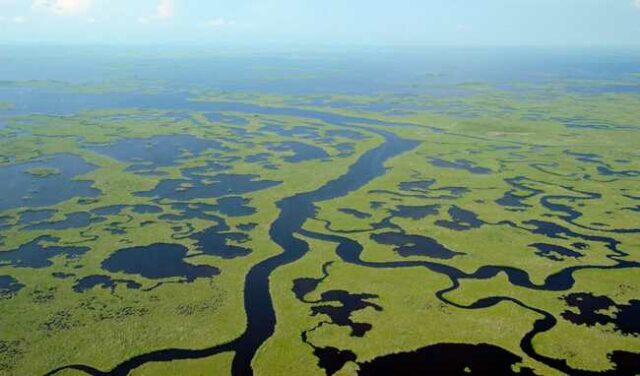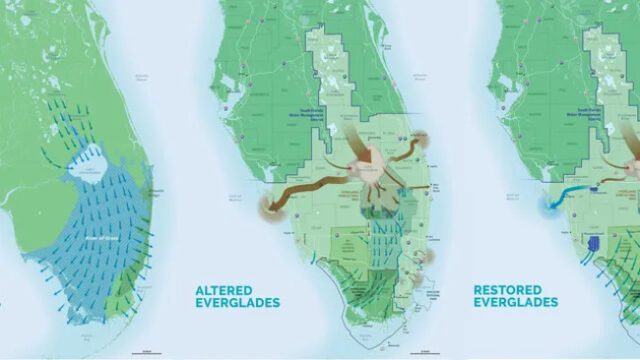
For over two decades, the ambitious mission to revive the heart of the Florida Everglades once described as “the biggest environmental restoration project in the history of the world,” has persisted. What began as a congressional vote 24 years ago has evolved into a comprehensive effort encompassing over 60 infrastructure projects backed by a staggering $20 billion investment. Spearheaded by the Everglades Foundation and bolstered by governmental support, this monumental endeavor aims to rectify the detrimental legacy of the Army Corps of Engineers’ ill-fated “Drain the Everglades” initiative, which disrupted the delicate balance of the region’s ecosystem.

Central to the restoration is the reconnection of Lake Okeechobee, a vital lifeline for the Everglades, to its surrounding ecosystem. Historically, this expansive lake nourished the Everglades with a steady flow of water, but decades of human intervention severed this crucial link, precipitating a cascade of environmental crises. The modern-day restoration strategy involves a multifaceted approach, from constructing reservoirs and raising roadways to mitigating agricultural runoff through innovative wetland projects. While the full realization of these efforts remains years away, with completion projected for 2036, the profound impact on South Florida’s biodiversity and communities promises a brighter future, underpinned by the restoration of one of the planet’s most unique and ecologically significant landscapes.














